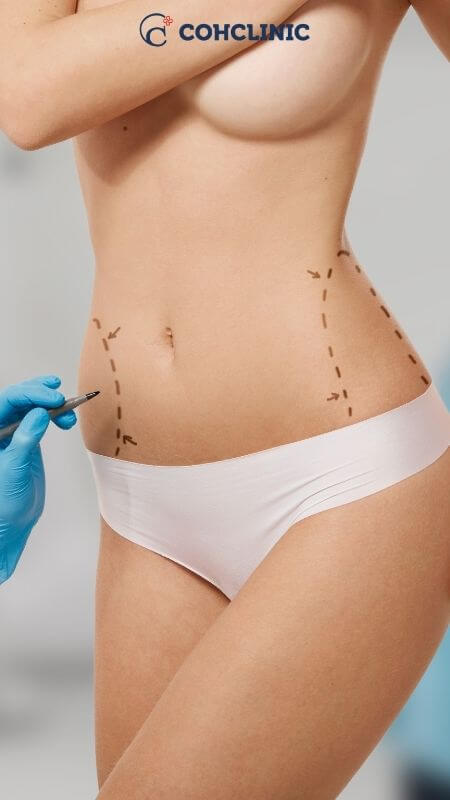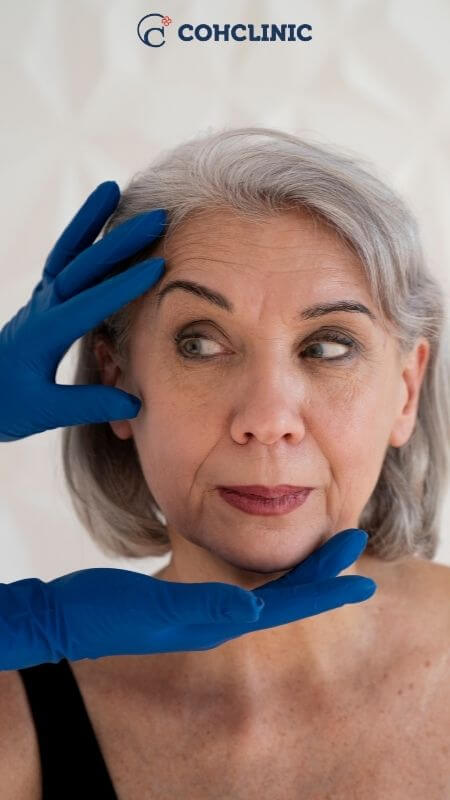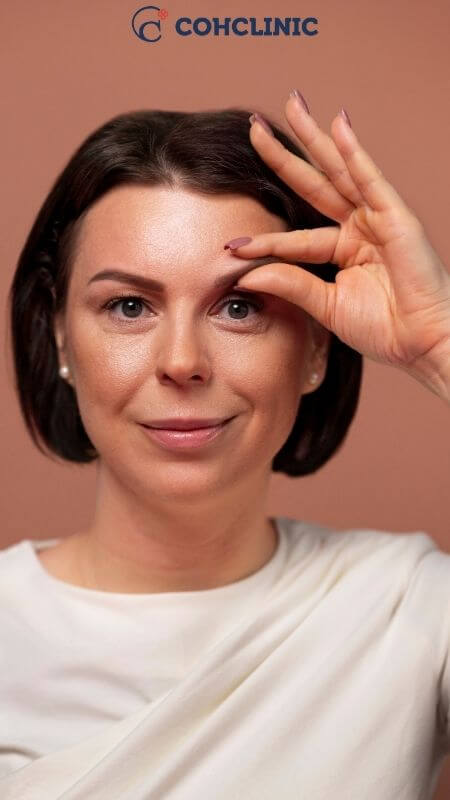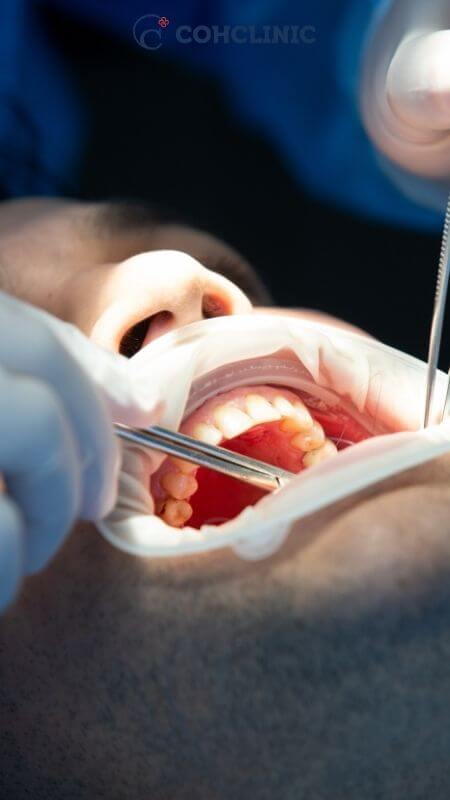It takes more than simply brushing and flossing to keep your mouth healthy; you also need to see the dentist frequently for teeth cleaning. These visits are essential for maintaining your teeth and gums, avoiding dental issues, and maintaining a radiant and healthy smile
In this article, we will explore why dental cleaning is so important and delve into the various steps and methods involved in the process. We will also address common concerns and disadvantages associated with dental cleaning, providing you with a comprehensive understanding of why you should prioritize this essential aspect of oral care.
Why is it important to get dental cleaning?
Dental cleaning appointments are necessary for several reasons:
Removing Plaque and Tartar
Removing plaque and tartar from the teeth is made easier by routine dental cleanings. A sticky coating called plaque, which carries dangerous germs, builds up on teeth. If not eliminated, it may harden into tartar, which is impossible to remove with only brushing and flossing. For the sake of sustaining oral health, tartar removal through expert cleanings is essential. Tartar can cause tooth decay and gum disease.
Tooth Decay Treatment
Dental cleanings can help stop tooth decay, according to research. Acids that are produced by bacteria found in plaque accumulation can erode tooth enamel and cause cavities. Dental cleanings lower the risk of tooth decay and the requirement for dental fillings or other procedures by getting rid of plaque and tartar.
Gum Disease
Gum disease, sometimes referred to as periodontal disease, is a bacterial infection that affects the gums and the tissues that support the teeth. It may be prevented by following certain oral hygiene practices. If plaque and tartar buildup are not addressed, it can result in gingivitis, a minor form of gum disease, and eventually periodontitis, an advanced form of the condition. The likelihood of gum inflammation and its related consequences is decreased by routine dental cleanings, which help eliminate the germs and irritants causing gum disease.
Oral Health Problems
Dental cleanings include a comprehensive examination of the teeth, gums, and oral tissues to identify oral health problems early on. Dentists and dental hygienists can see early indications of oral health concerns including oral cancer, cavities, gum disease, infections, and other oral health problems during these appointments. Early recognition enables prompt intervention and treatment, which stops the course of dental diseases and could even save teeth.
Improved appearance and fresher breath are two benefits of dental cleanings. Plaque, tartar, and surface stains can be eliminated to make teeth look better and promote a grin that sparkles. To get rid of persistent bad breath brought on by gum disease or other diseases, it might be helpful to address any underlying oral health concerns during dental cleanings.
What are the steps of teeth cleaning?
Oral hygiene is crucially dependent on brushing your teeth. It eliminates dental plaque and aids in the fight against periodontal, gingivitis, and cavity development.
These steps are often included in the process:
- Performing a physical exam
- Removing plaque and tartar
- Polishing the teeth
- Flossing and locating trouble spots
- Instructing the patient to rinse with mouthwash
- Applying fluoride treatment (optional)
What are the disadvantages of deep teeth cleaning?
When cleaning patients’ teeth, they can encounter any of the following possible hazards or complications:
- After a layer of tartar has been removed, the patient’s teeth will be exposed to air, liquids, and meals that are at various temperatures.
- Gums that are swollen, bleed, or uncomfortable might result from removing plaque or tartar that is close to or on the gum line. This should only last a short while. The patient is advised to use over-the-counter pain relievers.
- Tartar and plaque can occasionally fill up spaces between your teeth. It may appear as though a new gap has been formed once they are taken out, but that is not the case.
What are the different methods of teeth cleaning?
Your dentist will carry out one of the following four types of dental cleanings, depending on the quantity of plaque and tartar on your teeth:
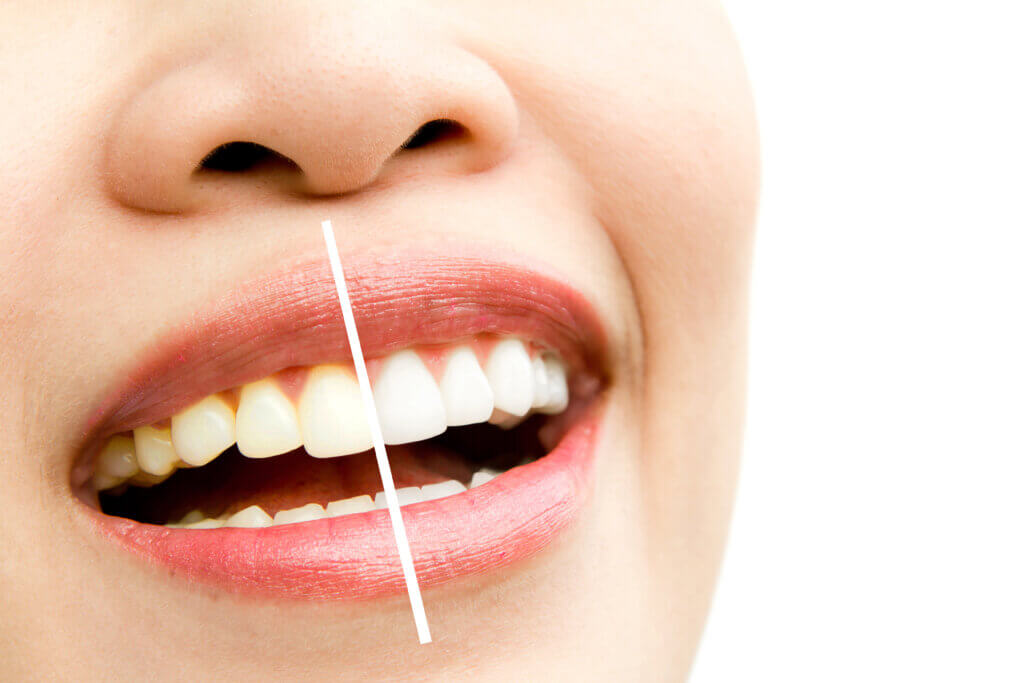
1. Prophylaxis Dental Cleaning
“To prevent disease” is the definition of prophylaxis. To keep healthy teeth from developing gum disease or tooth decay, prophylactic dental cleanings are performed on them. Plaque and tartar are removed from the front, back, and sides of teeth during prophylaxis cleanings using a dental scaler or water stream. Most patients simply need a prophylaxis cleaning, particularly if they’ve kept up with regular oral care and biannual checkups.
2. Scaling and Root Planing Cleaning
Gingivitis and periodontitis are treated with thorough cleanings called scaling and root planing, which are applied to the gum pockets as well as the teeth. Deep cleanings for gingivitis are typically finished in only one dentist visit. Contrarily, depending on the severity, deep cleanings for periodontitis may need numerous sessions and local anesthetics. The procedure of scaling involves removing plaque and tartar from the tooth’s surface as well as from the gum pockets that develop below the gum line as a result of gum disease. This helps to lessen gum irritation in addition to removing germs. Root planing removes gum pockets and encourages the gums to reattach to the teeth by sanding down the dental roots.
3. Periodontal Maintenance Cleaning
Gum disease is often treated with dental cleanings for periodontal maintenance. They remove excess plaque and tartar from the tooth surface and gum pockets, and if necessary, smooth out the roots, similarly to scaling and root planing. Regular dental cleanings and periodontal care cleanings differ mostly in how frequently they are performed. This is because gum disease is progressive and if it is not correctly treated, it will only become worse.
4. Gross Debridement Cleaning
Gross debridement cleanings, which are the most thorough teeth cleanings, remove the most plaque and tartar from teeth. People in these settings frequently struggle to maintain a dental hygiene routine or put off going to the dentist for an extended length of time. The tartar is loosened using an electrical tool during comprehensive debridement cleanings. Because tartar hardens into plaque and large amounts of tartar are particularly challenging to remove. Once the additional plaque and tartar have been removed, a prophylaxis cleaning is performed to thoroughly clean the teeth.
You can see that there are several dental cleaning procedures available. Your dentist may decide to utilize one of them based on the results of your oral examination. While they all share a similar fundamental principle, these cleanings each give a somewhat different strategy depending on the circumstances. Now that you are aware of the four different kinds of dental cleanings, there is only one thing left to ask: when was the last time you had your teeth cleaned?
Professional Teeth Cleaning Near Me in Istanbul
In short, dental cleaning is crucial for maintaining oral health. It removes plaque and tartar, prevents tooth decay and gum disease, and helps detect oral health problems early. There are different methods of teeth cleaning, and scheduling regular appointments is essential for a healthy smile. Contact us at +90 (536) 934 6524 to book your dental cleaning and entrust yourself to the expert physicians at COH Clinic in Istanbul, Turkey to prioritize your oral health today.
Frequently Asked Questions
Are teeth cleaning good or not?
Are teeth cleaning good or not?
The maintenance of a healthy smile includes regular dental cleanings. They will not only help you avoid painful oral conditions, but they will also ensure that your smile remains beautiful for years to come.
Is teeth cleaning painful?
Is teeth cleaning painful?
Due to the lack of cutting or injections, dental cleaning is often painless. If a tooth has a minor cavity, the doctor may choose to drill it and place a filling or a sealant. In such circumstances, there could be some dental sensitivity as well as temporary tooth discomfort.
Does teeth cleaning remove yellow?
Does teeth cleaning remove yellow?
When teeth are cleaned using a process known as scaling, yellow stains that are extrinsic can be eradicated. Instead of bleaching the teeth, this will highlight their natural tint.
Can I eat after the teeth cleaning?
Can I eat after the teeth cleaning?
You may eat and drink right immediately if you have had a routine dental cleaning, but you should watch what you eat. Extremely hot or cold meals may be best avoided since they could make you feel more sensitive. Hard foods that become stuck between your teeth might hurt.
How often should teeth cleaning be done?
How often should teeth cleaning be done?
All patients should schedule a professional dental cleaning visit every six months, according to common wisdom. Even though the majority of individuals will find this to be excellent, some may only need to be seen every three months, while others may only need them every nine or twelve months.
What does a cleaning do for your teeth?
What does a cleaning do for your teeth?
The sticky plaque and tenacious tartar deposits on the surfaces of your teeth above your gums are removed by your hygienist using specialized equipment during routine dental cleaning. These cleanings are crucial for both stopping gum disease in its tracks and treating gingivitis, one of the disease's more moderate stages.
